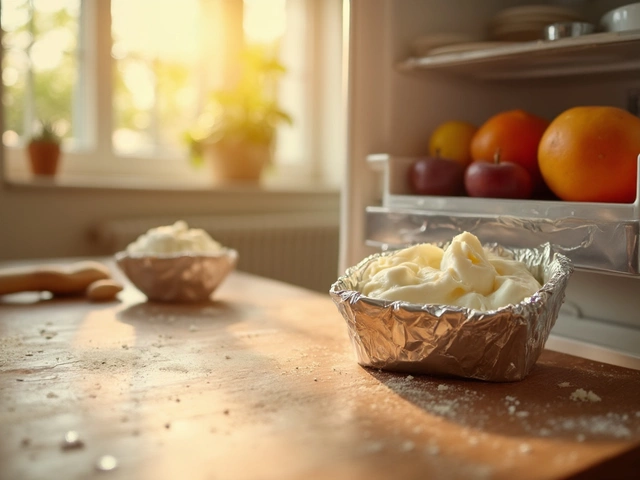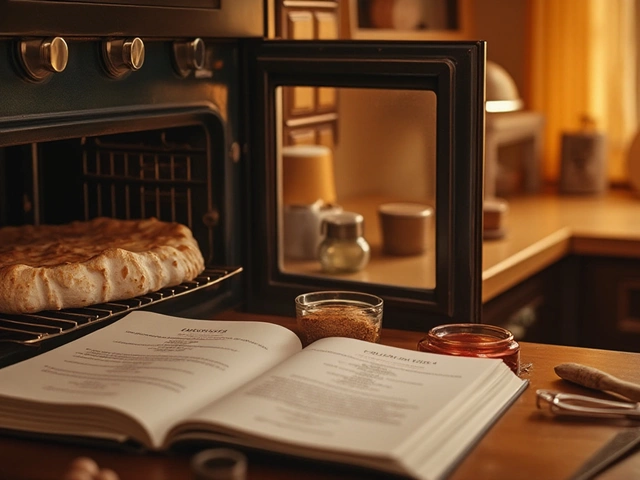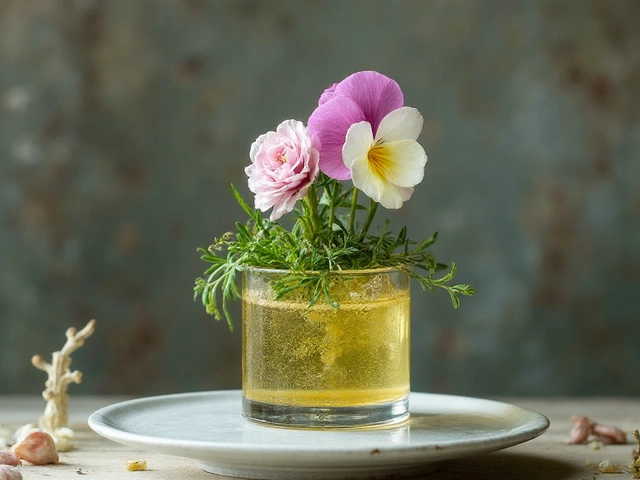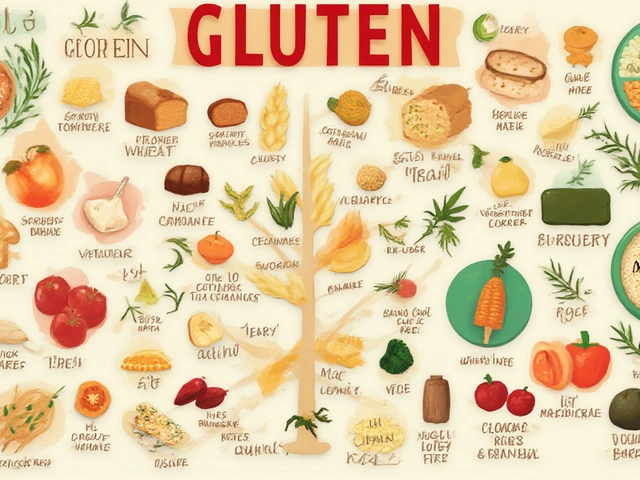Best Tasting Desserts: How to Get the Most Flavor Out of Every Sweet
Everyone wants a dessert that tastes amazing, but it’s not always obvious why some treats hit the spot while others fall flat. The good news? Most of the magic comes down to a few simple tricks you can apply to any recipe. Below you’ll find the most useful tips and a quick look at our top‑rated posts that already know how to deliver the best tasting results.
Why Taste Matters and What It Really Means
Good taste isn’t just about sugar levels. It’s a balance of texture, aroma, and the way flavors develop as you eat. For example, a smooth, creamy fudge needs the right temperature range (the soft‑ball stage) to stay silky, while brownies that stay moist need proper storage and the right amount of fat. When you understand the science behind each step, you can tweak any recipe to suit your palate.
Think of flavor as a team sport: the base ingredient, the cooking method, and the finishing touches all play a part. Too much heat can make fudge grainy, and skipping an egg in cheesecake can change the texture dramatically. Knowing these cause‑and‑effect relationships lets you troubleshoot on the fly and still end up with a dessert that tastes great.
Top Picks From Our Blog for the Best Tasting Results
Fudge Temperature Guide – Learn the exact soft‑ball stage (around 235‑240°F) and how to hit it every time. The post also covers altitude tweaks and quick fixes if your fudge sets too hard.
The Real Secret to Perfect, Creamy Fudge – Dive deeper into why some fudges turn buttery and others turn chalky. It walks you through common mistakes and the science behind a smooth finish.
How to Tell If Brownies Are Bad – Spoiled brownies can ruin a party. This guide shows the tell‑tale signs of spoilage and storage tips that keep brownies fresh and tasting fresh for days.
Gluten‑Free Cakes Sink – If your gluten‑free cake collapses, this article explains why and offers practical fixes to keep the crumb light and airy.
Eggless Cheesecake Tips – Skipping the egg changes the structure; the post gives the best substitutes and techniques to keep your cheesecake creamy without compromising flavor.
These posts give you the exact steps you need to create desserts that taste as good as they look. They’re all part of the "best tasting" tag, so you’ll find a consistent focus on flavor throughout.
When you try a new recipe, start with the basics: measure accurately, use a reliable thermometer, and don’t rush the cooling period. Small changes like using room‑temperature butter or letting caramel cool slowly can make a huge difference in taste.
Finally, trust your senses. Taste a batter before you bake, sniff the aroma while it cooks, and adjust seasonings as needed. That hands‑on approach is the quickest way to guarantee every bite is a winner.
Ready to upgrade your sweet game? Browse the posts under the "best tasting" tag, pick a recipe that catches your eye, and apply the tips above. In no time you’ll be serving desserts that everyone calls "the best tasting" they’ve ever had.
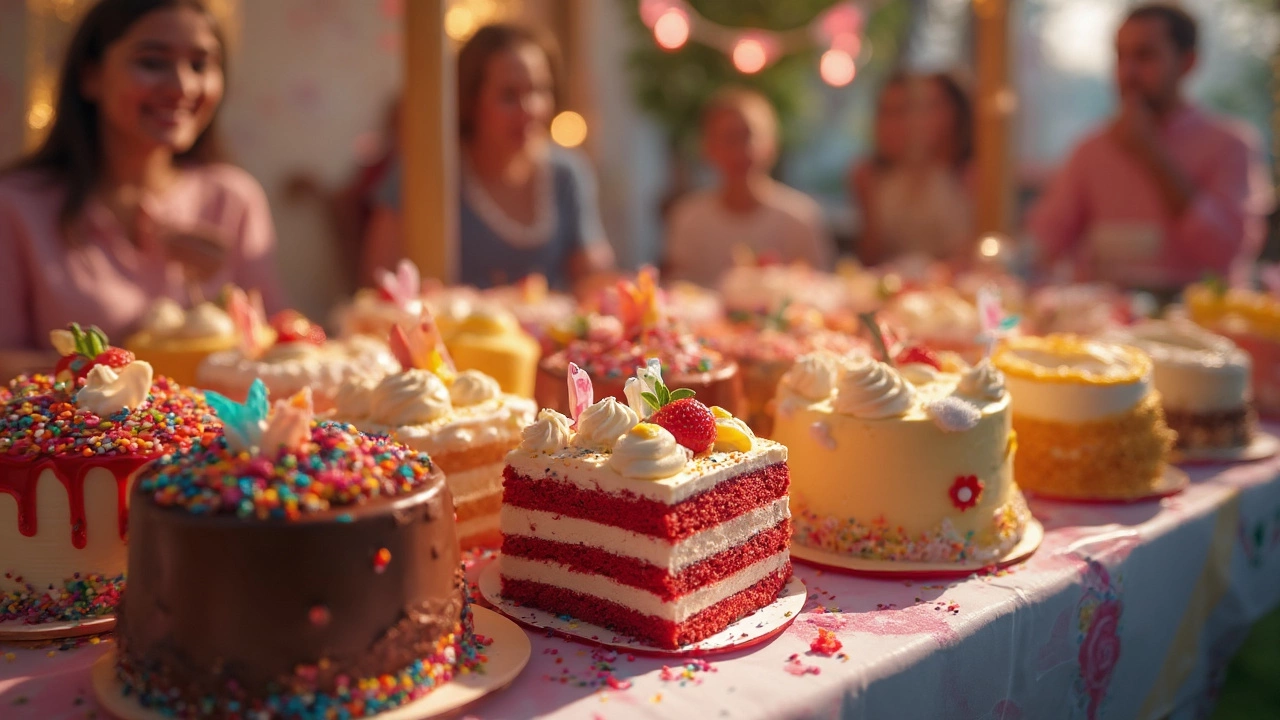
Best Tasting Birthday Cakes: A Delicious Quest
With so many cake flavors out there, choosing a birthday cake can feel overwhelming. The best tasting cake for birthdays often depends on personal preference, whether you crave something classic like chocolate or vanilla, or something more exotic like red velvet or lemon. Understanding the unique flavor profiles and considering crowd-pleasers can help you make a memorable choice. This guide explores popular birthday cake options and offers tips for selecting the perfect cake.
View More
